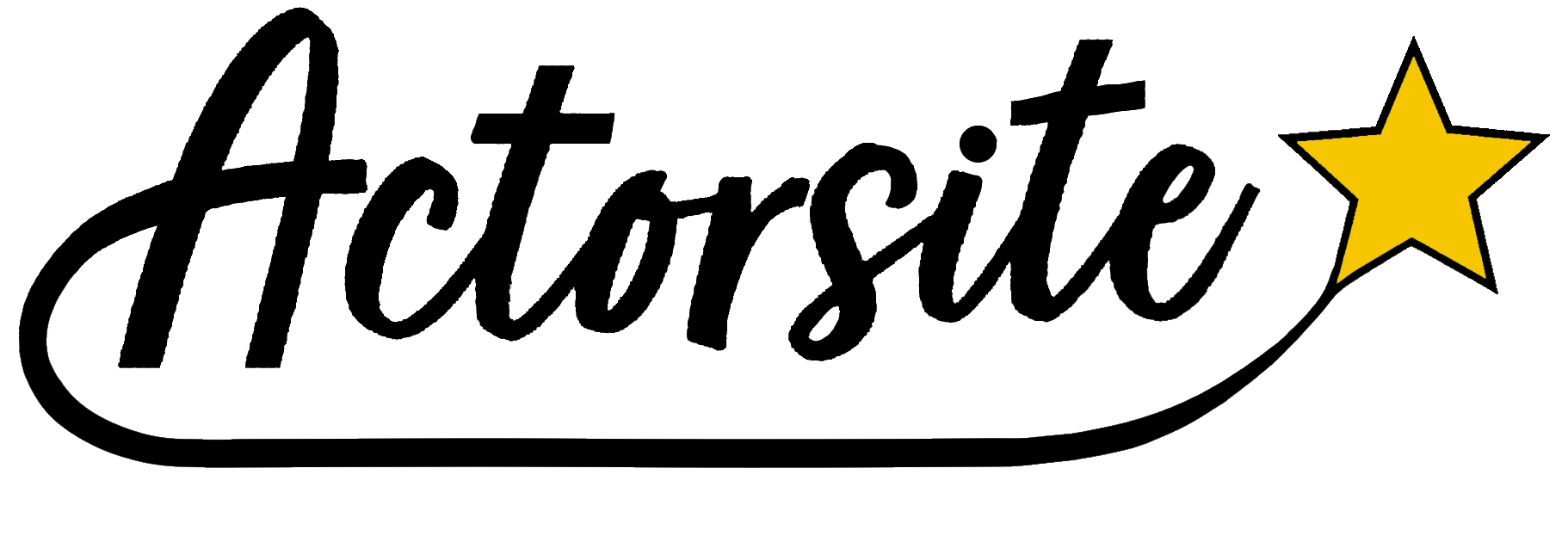Eyelines
Understanding Eye Lines in Self-Tapes and On-Camera Work
Where to look—and why it matters more than you think
You’ve just wrapped a self-tape or on-camera scene. The delivery felt solid. Your energy was there. But when you rewatch it... something feels off.
It’s not the acting.
It’s the eye line.
You're not alone. Eye line confusion is one of the most common—and most fixable—on-camera habits we see in actors at every level. And the truth is, understanding eye lines is a small shift that can create a major difference in how grounded, connected, and bookable your performance feels.
So what exactly is an eye line?
Your eye line is simply where you're looking during a scene.
But that “simple” choice communicates a lot:
→ Are you engaged with your scene partner?
→ Are you grounded in the world of the script?
→ Does your energy land with the person watching—or does it feel scattered?
These details matter. Because when your eye lines are off, even great acting can feel disjointed. And when they're on—your performance feels alive, present, and connected.
🎬 For Self-Tapes:
If you're reading with someone off-camera, your default eye line should land just beside the camera lens. Why? Because this keeps your face open, forward, and visible, while still making your performance feel connected.
If you’re working with two characters in a scene, pick two distinct visual points (one of each side of camera)—and return to them consistently. This subtle choice helps the viewer track who you’re talking to, and builds trust in your world. If there are more than two other characters in the scene you’re speaking to we’d still suggest just picking two spots, otherwise it can start to look confusing.
And here’s what separates good from great:
ALWAYS connect to something specific...a real thing - your reader, a plant, a pillow, a scratch of paint on the wall, a sticky note on the side of your ring light etc…
DON’T let your eyes wander aimlessly or shift around without purpose. Your audience can feel the difference—and so can casting.
🎥 For On-Set Work:
Depending on the setup, you might be looking directly at your scene partner—or you might be looking at a tennis ball on a C-stand, a sticker on a matte box, or even an imaginary spot marked with tape.
It can feel strange. But when your intention is clear and your focus is committed, it reads beautifully on screen. What feels awkward on set often looks truthful and intimate to the viewer.
The trick is to make it feel like you’re truly looking at what the character is seeing, even when you may not really be seeing it.
Why This Matters:
Actors want to be remembered. To stand out. To deliver scenes that feel real—especially in self-tapes where there’s no set, no wardrobe, no blocking to help you.
A strong eye line helps you do all of that.
It grounds your performance.
It sharpens your presence.
And it creates a connection that draws the viewer in.
Actors who book aren’t just talented—they’re precise. They don’t guess where to look. They know—because they’ve trained for it.
Want help mastering your eyelines in your self-tapes?
Check out our Audition Technique Classes where we walk actors through the real work:
✅ Practice for the real-world experience of virtual & taped auditions
✅ Expert feedback & guidance on prepared scenes and self-tapes
✅ Real-time redirects and tech tips to level up your delivery
✅ 4-week training in both comedy and drama
📌 Spots are limited - zoom classes train from anywhere:
→ Click here more info for KIDS & TEENS
→ Click here more info for ADULT ACTORS
